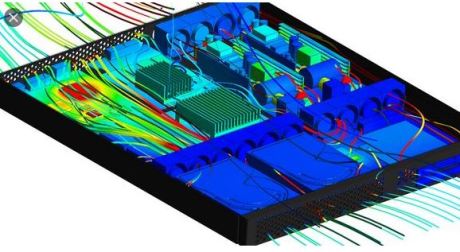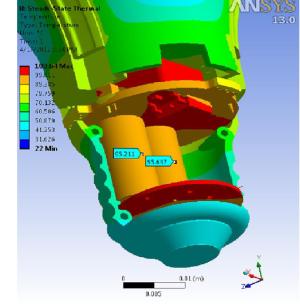Whether customers study heat transport in fluids or solids, or tackle complex issues like heat from manufacturing, Ansys engineering simulation offers key insights. It helps them choose the best design for their specific needs.
Engineers look beyond the performance of industrial burners and furnaces. They examine several key factors:
Combustion chemistry
Thermal stresses
Phase changes
With the help of software tools like CFD modeling, engineers can design thermal systems with greater efficiency. These tools help engineers understand:
How heat is generated
How heat is transferred
This understanding allows engineers to:
Develop better products
Increase efficiency
Reduce costs
Minimize environmental impacts

Heat transmission occurs through conduction, convection, and radiation. This happens in both laminar and turbulent flows for various fluids, including:
Steam
Thermal liquids
Liquid metals
Non-Newtonian fluids
Using CFD software, engineers can:
Identify hot spots
Analyze thermal stresses
Improve equipment design
Enhance process efficiencies
Address other issues that affect system performance
With these tools, new concepts for heat generation and heat transfer equipment can be developed and analyzed effectively.

CFD software for heat exchanger design, along with structural mechanics and thermal analysis tools, offers a strong engineering platform.
These tools help:
Enhance energy-saving designs
Boost equipment reliability
Ensure structural integrity
Provide efficiency gains through virtual prototyping in many heat transfer applications
This combination makes CFD software essential for modern engineering projects.